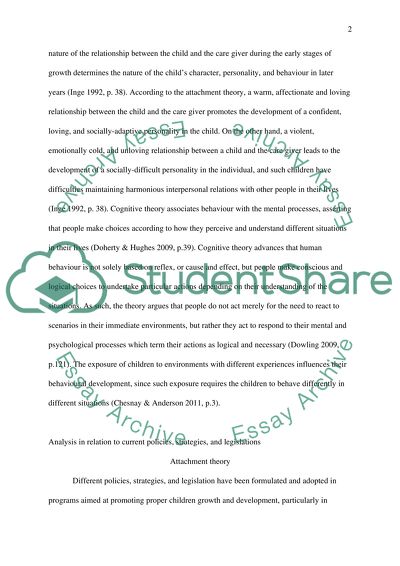Cite this document
(“Analytical Comparison of Attachment Theory and Cognitive Theory on Essay”, n.d.)
Analytical Comparison of Attachment Theory and Cognitive Theory on Essay. Retrieved from https://studentshare.org/education/1436189-through-comparison-analyse-and-critically-evaluate
Analytical Comparison of Attachment Theory and Cognitive Theory on Essay. Retrieved from https://studentshare.org/education/1436189-through-comparison-analyse-and-critically-evaluate
(Analytical Comparison of Attachment Theory and Cognitive Theory on Essay)
Analytical Comparison of Attachment Theory and Cognitive Theory on Essay. https://studentshare.org/education/1436189-through-comparison-analyse-and-critically-evaluate.
Analytical Comparison of Attachment Theory and Cognitive Theory on Essay. https://studentshare.org/education/1436189-through-comparison-analyse-and-critically-evaluate.
“Analytical Comparison of Attachment Theory and Cognitive Theory on Essay”, n.d. https://studentshare.org/education/1436189-through-comparison-analyse-and-critically-evaluate.


